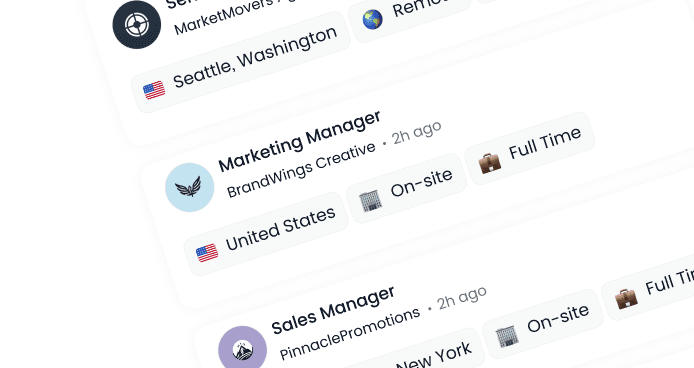The Hybrid Work Revolution: How to Successfully Manage a Flexible Workforce
Published:
November 21, 2024
All
Workforce Planning
Flexibility is the future, but are you truly making it work? Uncover the secrets to managing a hybrid workforce that stays engaged, efficient, and aligned—without the common pitfalls.
Introduction
Since the COVID-19 pandemic, the need for hybrid work has grown exponentially. Although it has been quite some time since then, hybrid work has solidified its position as the preferred model for many organizations. Approximately two-thirds of business leaders are inclined towards this option worldwide.
Then again, it’s not surprising. Its flexibility, versatility, and utility combine the benefits of both in-office and remote work. This blog will note the challenges associated with hybrid work and how you can overcome them. Moreover, we will also share the best practices, digital tools, and key metrics that you must keep in mind to ensure the successful management of a hybrid work environment.
Why Hybrid Work is Here To Stay
Hybrid work was practical 5 years ago and wished to remain so for another 5 centuries! According to the Office for National Statistics, 84% of employees prefer a mixed working culture.
But why is it so?
Such flexible work arrangements offer the best of both worlds for employers and employees. For employees, Hybrid work ensures improved work-life balance, reduced stress from commuting, and increased productivity. For employers, it translates to cost savings on office space and utilities. Employers also benefit from an expanded talent pool.
Critical Challenges of Managing a Hybrid Workforce
Every good thing has a catch. For the Hybrid work model, we will be listing down at least 4!
Communication and Collaboration Difficulties
The first Hybrid Work challenge is ensuring effective communication and collaboration. With employees working remotely and in the office, it can be challenging to maintain consistent and timely communication.
Virtual meetings can often be less effective than in-person interactions. Internet connections and avoiding communication pitfalls can also be a challenge.

Maintaining Employee Engagement and Accountability
When employees are physically present in the office, gauging their engagement and motivation can be more accessible. Additionally, it can be more difficult to hold employees accountable for their work. This is because managers may need help to track progress directly.
Ensuring Equal Access to Opportunities
Sometimes, remote employees can feel excluded from meaningful discussions and decision-making processes. No matter what, physical presence is always a perk.
Balancing Team Cohesion with Flexibility
Being in the same room for half the day differs from just meeting for virtual meetings and communicating over text and mail. Building solid relationships and camaraderie can be more accessible when team members work together in different physical spaces.
Managers and employers must adopt a strategic approach to hybrid work to overcome these challenges. In the next section, we will look at the best practices that will aid you in countering these challenges.
Best Practices for Managing a Hybrid Workforce
Establish Clear Expectations
The first of the best remote work practices is to have clear expectations. Clear expectations are mandatory and indispensable. They should be the priority. For this, follow these steps:
Define Work Hours: Clearly outline the expected work hours for both remote and in-office employees.
Set Communication Protocols: Establish specific communication channels (e.g., email, Slack, video conferencing) and response times.
Set Clear Performance Expectations: Clearly define performance metrics and goals for all employees, regardless of their work location.
Emphasize Trust and Accountability
With expectations comes a bond of trust and accountability. These two ingredients are necessary for your expectations to succeed. Along with fostering a trust and dependability culture, you can:
Implement Performance Tracking Tools: Utilize performance management tools to track employee productivity and progress. This data can help identify areas for improvement and recognize outstanding performance.
Regular Check-ins: Schedule one-on-one meetings with employees to discuss their work, provide feedback, and address concerns.
Adapt Leadership Styles
With expectations and trust built to satisfaction, practical and strategic leadership styles are the cherry on top. Although there are many facets to this, here are three fundamentals from which you can begin:
Empathy and Understanding: Show compassion and understanding for the challenges remote and in-office employees face. According to Deskbird, this is especially critical.
Effective Communication: Communicate clearly and concisely, actively listen to feedback, and address concerns promptly.
Build Strong Relationships: Invest time in building solid relationships with your team, both in person and virtually. This will help foster a sense of belonging and camaraderie.
By implementing these best practices, you can effectively manage a hybrid workforce, boost employee morale, and drive business success.
How to Build and Maintain a Strong Hybrid Work Culture
FREE JOB POST
Looking to fill a position quickly? Post your job for free and reach top talent today!




